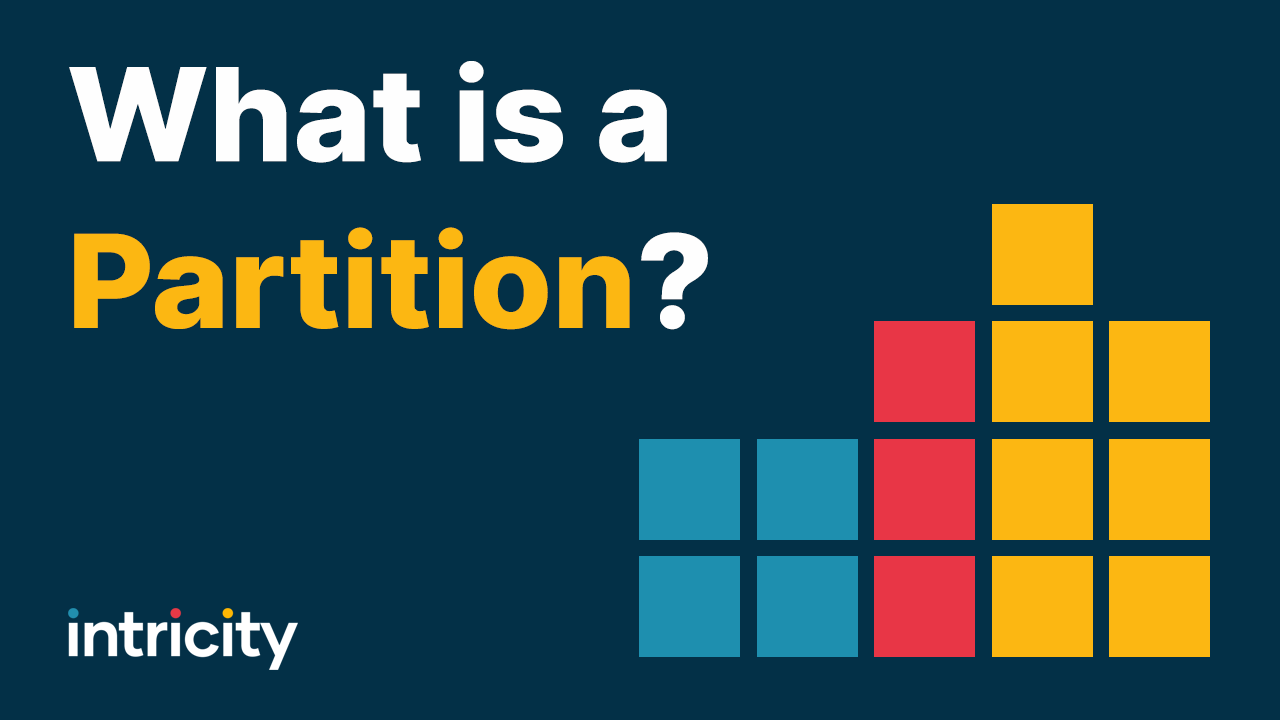This short video provides a business friendly description of Dimensions, Measures, Hierarchies, and Data Grain.
Text from the Video:
Often when Business and IT come to the same room and begin talking, there are breaking points where the Business get’s lost in the technical terminology. When it comes to data, I’ve noticed this breaking point often starts when the words Dimensions, Measures, Hierarchies, and Grain are used. This short video is meant to provide some clarity as to what these items are.
First let’s talk about dimensions, Imagine somebody presented you an architectural model of a building. The first thing you’d likely do is walk around the model to get different points of view. The same is true when navigating data. For example, you might want to see product performance over time. Then get a different point of view and see regional performance over time. These represent perspectives which we technically term as Dimensions. Dimensions can be anything which can consistently categorize your data, and provide you with a better point of view. Here’s a common list of dimensions you might find in your business.
Now Dimensions by themselves make great lists, but they don’t tell us much without marrying them with some measures. Measures are the numerical values that can be added up to provide meaning to your dimensions. Good examples of measures are revenue, cost, quantity etc.
So now let’s say that you’re navigating and investigating the data but you want to go deeper into a region, and look at its individual countries and possibly drill into their individual states. This is where Hierarchies come into the picture. Hierarchies break down the dimensions into navigational paths which you can use to get to a more granular level detail in the data.
And this brings up a good question. How granular or how detailed do you want your data to be? See the deeper down you go, the more data you have to both account for in your project and calculate for the end users. So commonly, a level of depth must be agreed upon, which we refer to as the grain of the data. The lowest possible grain of data is at the individual transaction level.
At Intricity, we put a great deal of effort in bridging the technical conversation so that it’s meaningful to the business. We also take the time to understand your business beyond the headlines. This simplifies the complexity so that the people that are funding the project are aware of what they are getting, and how it’s going to impact the day to day operations. I encourage you to talk with one of our specialists. We hope to have an opportunity to work with you to build your next success story.
--Jared Hillam, EIM Practice Director


